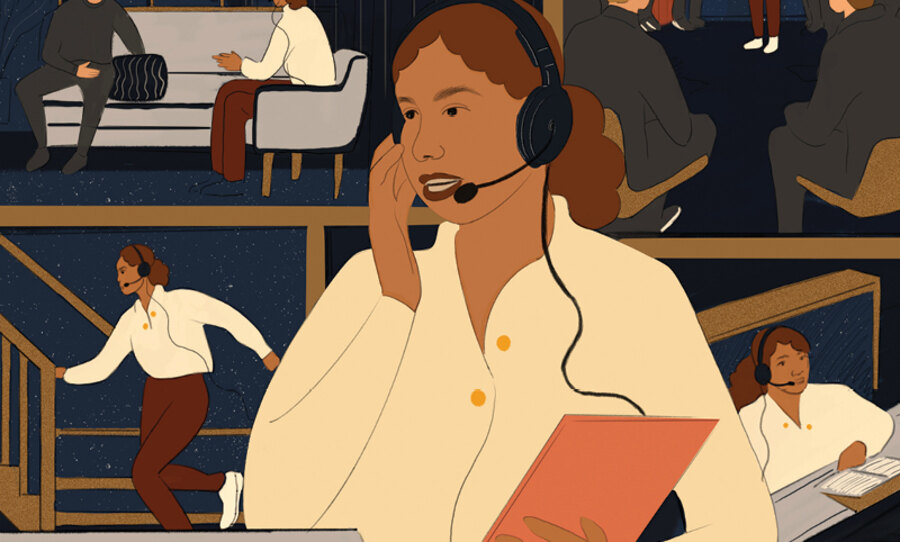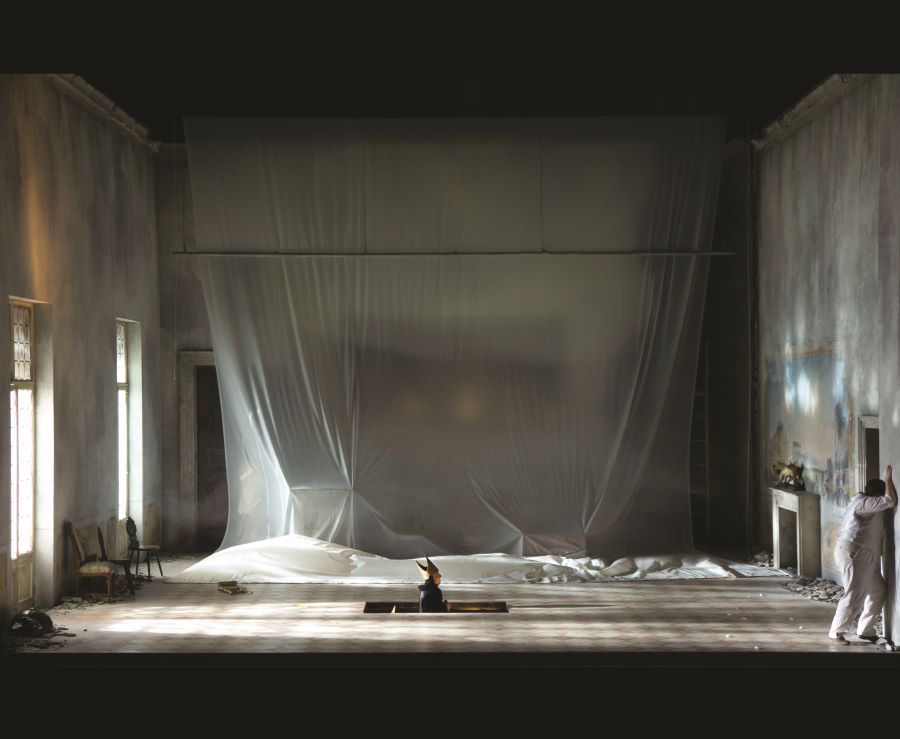In June, five motorcyclists set out from Denver into Colorado’s Rocky Mountains. They followed a slender road into a box canyon up to an elevation of 9,000 feet, where they met with Creede Repertory Theatre interim artistic director Kate Berry. The stop wasn’t merely for pleasure: It was part of a tour of Colorado’s mountain theatres to raise awareness for the Behind the Scenes (BTS) Charity.
Founded in 2005, BTS has been providing grants to entertainment technology professionals in need due to illness or injury. The Colorado bikers were drawing on the example of the Long Reach Long Riders, a group of theatre professionals who in 2003 rode their motorcycles from North Carolina to the USITT conference in Long Beach, California—a fun outing which has since grown into an annual fundraiser for Behind the Scenes. A few years back, BTS launched an affinity fundraising campaign called Ghostlight Groups, which allows anyone to organize an activity that gives them joy while raising money for the charity.
“I’m excited to see how Ghostlight Groups will grow,” said Emily Drew, who runs the campaign. “Creative people know how to come up with creative ways to engage.”
The foundation has also expanded its reach from physical injuries to include an extensive Mental Health Initiative, which provides resources to promote mental health and wellness, as well as grants for therapy or addiction rehabilitation. The need is real, since in 2019 the foundation conducted a survey of entertainment workers which found that 44 percent of respondents said they sometimes had thoughts of suicide.
The ghostlight, the solitary bulb on the stage that guides us in the darkened theatre, is Behind the Scenes’ logo—a fitting image for the kind of direct support that can help injured or ill theatre workers see the world in a new light.
More From This Issue
Support American Theatre: a just and thriving theatre ecology begins with information for all. Please join us in this mission by joining TCG, which entitles you to copies of our quarterly print magazine and helps support a long legacy of quality nonprofit arts journalism.





